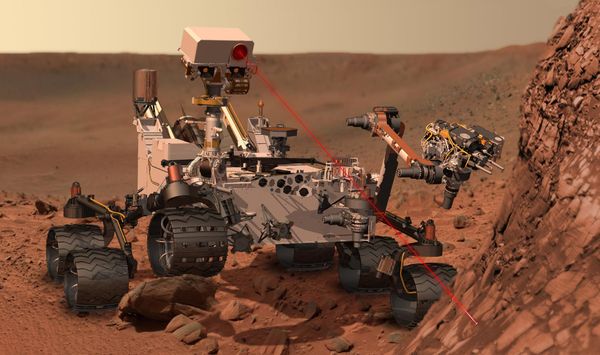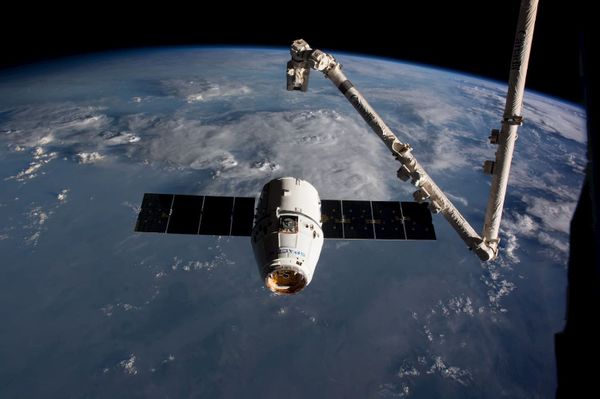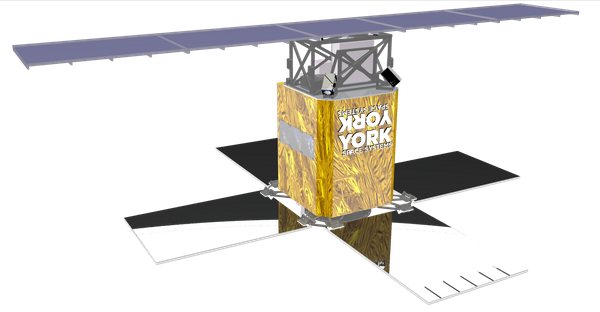This episode originally aired on September 24th 2019. As of publication, SpaceX has successfully conducted seven operational Starlink launches.
On May 24, 2019, SpaceX launched 60 Starlink satellites into low Earth orbit. Although they are still test satellites, they are the first “Production model” vehicles for the constellation. This week on SPEXcast, we break down the unique design considerations of the Starlink satellite and talk about the implications of the global constellation.
What is Starlink?
Starlink is SpaceX's project to provide global low-latency internet. Its satellite internet, but fast! The system uses a mega-constellation, thousands of satellites orbiting the globe to provide constant coverage. The first launch was May 24, 2019 and limited commercial service could be available by the end of 2020.
Satellite Design
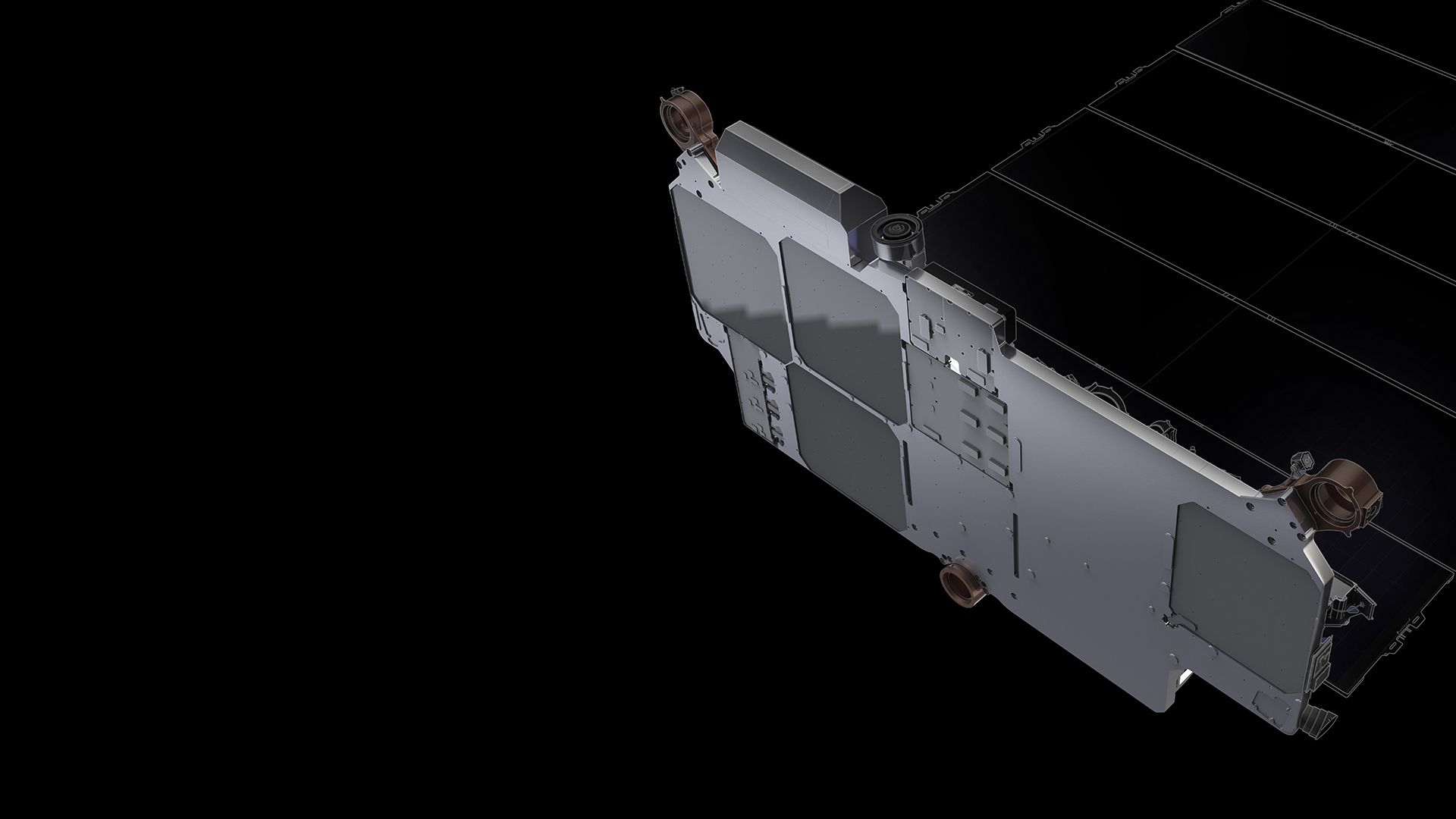
Each Starlink satellite is ~500 lbs (227kg) and folds up into a roughly rectangular shape. A single solar array represents an interesting design decision. It's deployment is a single point of failure and the panel only has one axis of rotation. This causes an interesting problem from asymmetric torque from solar radiation pressure.
Solar Electric Propulsion
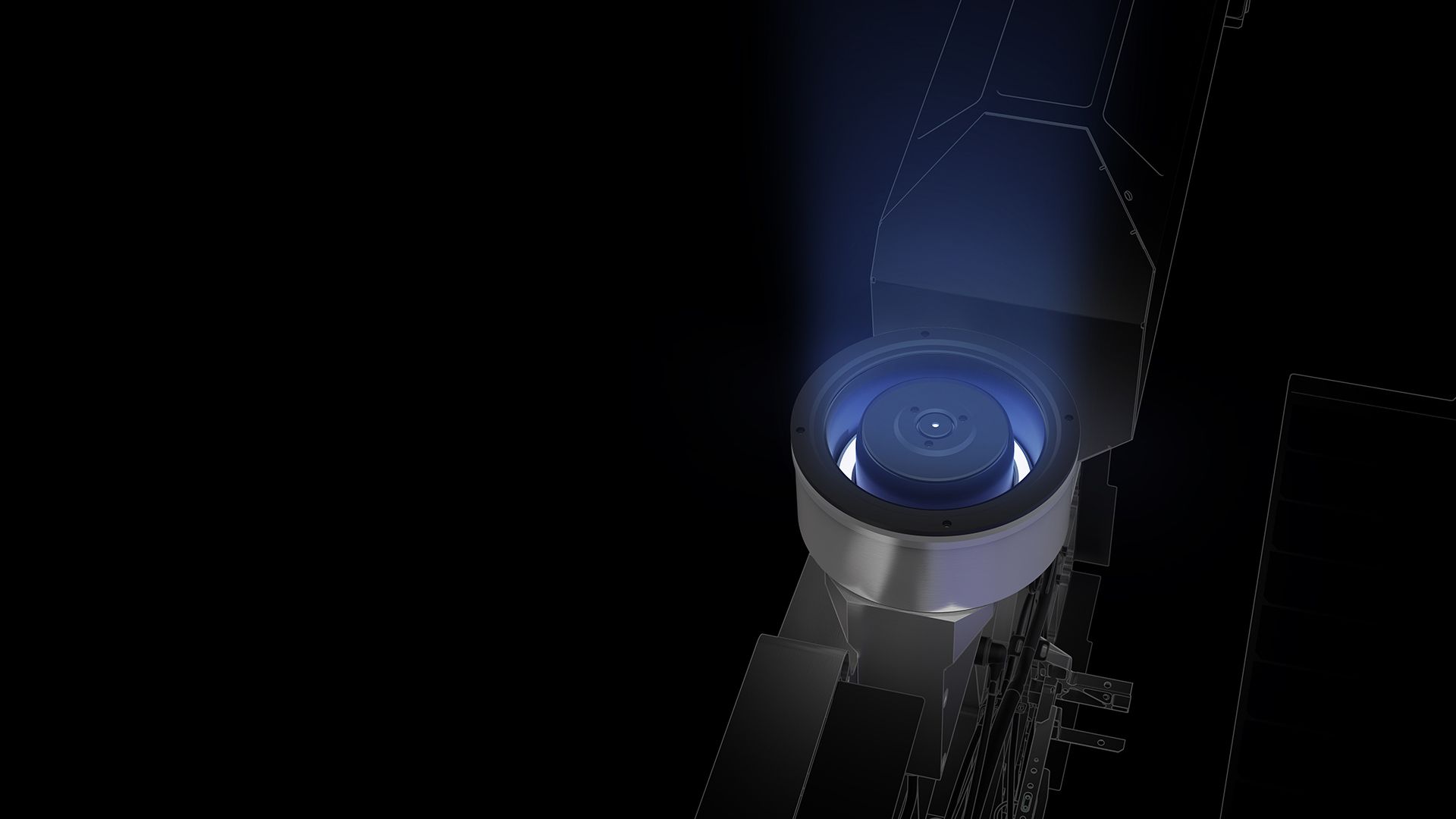
The satellites leverage Solar Electric Propulsion (SEP) thrusters for orbit raising. SpaceX uses Krypton thrusters versus the more common Xenon gas thruster. According to the ESA, Krypton Hall thrusters tend to exhibit significantly higher erosion of the flow channel compared to a similar electric propulsion system operated with xenon, but at a lower propellant cost. The atomic weight of krypton is 83.798 u compared to the atomic weight of Xenon 131.293 u, which means the specific impulse (Isp) of krypton is generally higher than Xenon, although that depends on the power level. You can read more about these fuels in this AIAA paper.
Collision Avoidance and Automated Maneuvers
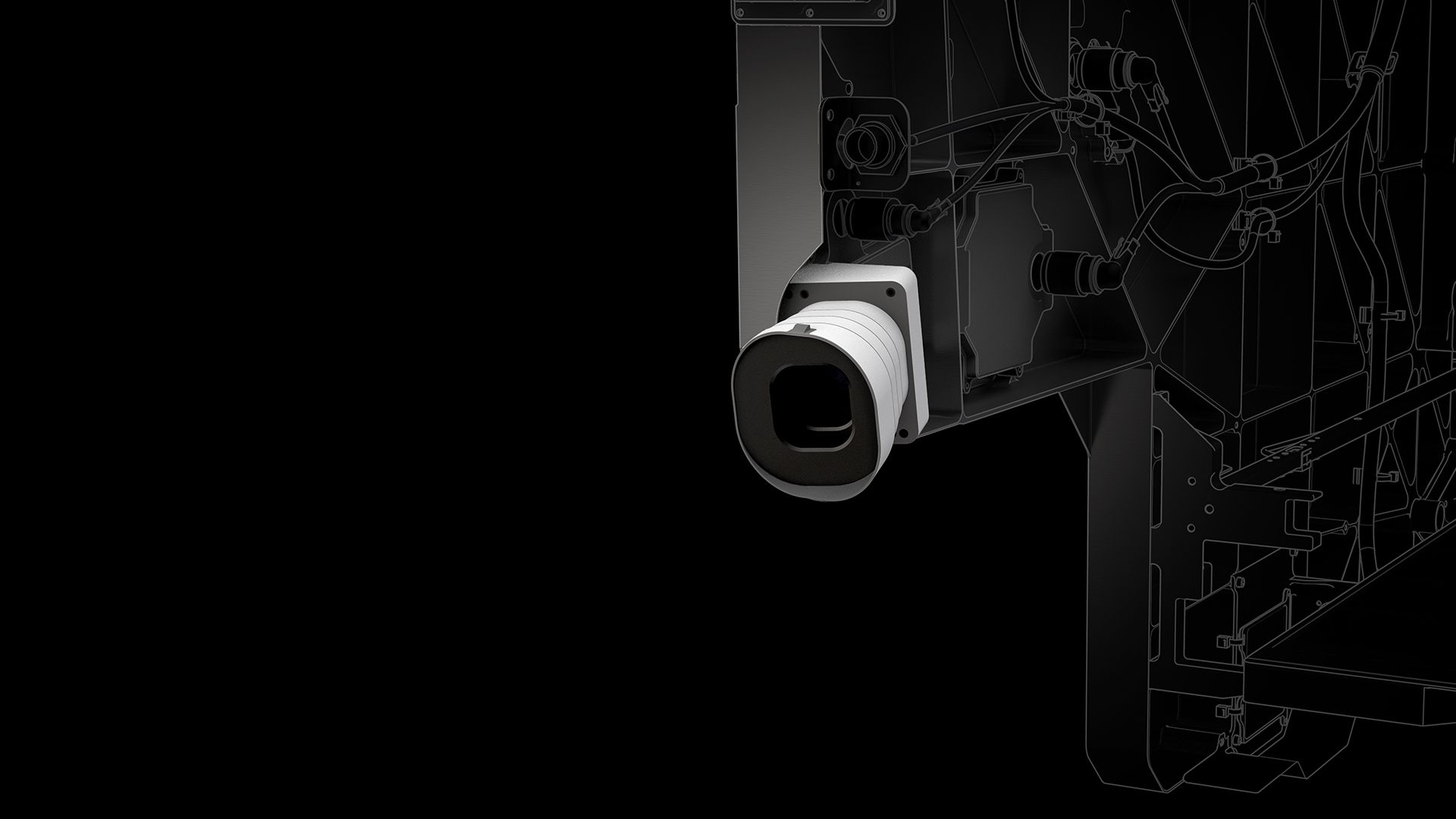
SEP is highly efficient but requires low thrust, long duration burns to make meaningful maneuvers. Having a human in the loop to make collision avoidance maneuvers is too long. Starlink integrates with Joint Space Operations Center (JSpOC) satellite tracking data. The same data is available publicly at Sat-track.org. Ground stations can auto-detect collisions and schedule maneuvers from the ground. Having these systems in space means less reliance on communications with mission control personnel. This is critical as the number of satellites in the constellation grows.
Antenna design
Starlink uses phased array antennas to communicate with ground stations and user terminals. What exactly is a phased array antenna. Essentially its an antenna that can steer its radio beam without moving parts. The antenna consists of a series of radios emit with a slight separation in timing, due to constructive and destructive interference the net result is a high gain wavefront that propagates at an angle proportional to that time phasing of the emission
(Note: SpaceX has made modifications to its constellation design since recording. Starlink satellites now orbit much lower at 550km and thus have a smaller coverage area.)
At 1150km altitude, each Starlink satellite can cover an 1060km radius circle. Starlink uses several frequencies to communicate to the ground. The satellite to user link operates in the Ku band (10.7-12.7 GHz down and 14.0 - 14.5 GHz up) while the satellite to gateway link operates in the K/Ka band ( 7.8-18.6 and 18.8-19.3 GHz down and 27.5-29.1 GHz and 29.5-30.0 GHz up). Additional Telemetry, Tracking and Control (TT&C) operates in the Ku band as well.
Note: As of recording SpaceX planned to include inter-satellite links using optical (laser) communication. This has since been scrapped for the first-generation satellites.
They will not have satellite interlink capabilities and will only be able to communicate with stationary ground antennas.
Satellite deployment

SpaceX uses a unique method of satellite packing and deployments. 60 Starlink satellites are stacked directly on top of each other in two stacks. They are attached to the bottom payload adaptor and four metal rods running the length of the stack hold the satellites in place. With this method, the satellite structure becomes the adapter structure, and no unnecessary mass is needed. Once the metal rods are released, the satellites fan out like a deck of card in space. The 60 satellites disperse into groups of 20 and slowly raise their orbits together.
Constellation design
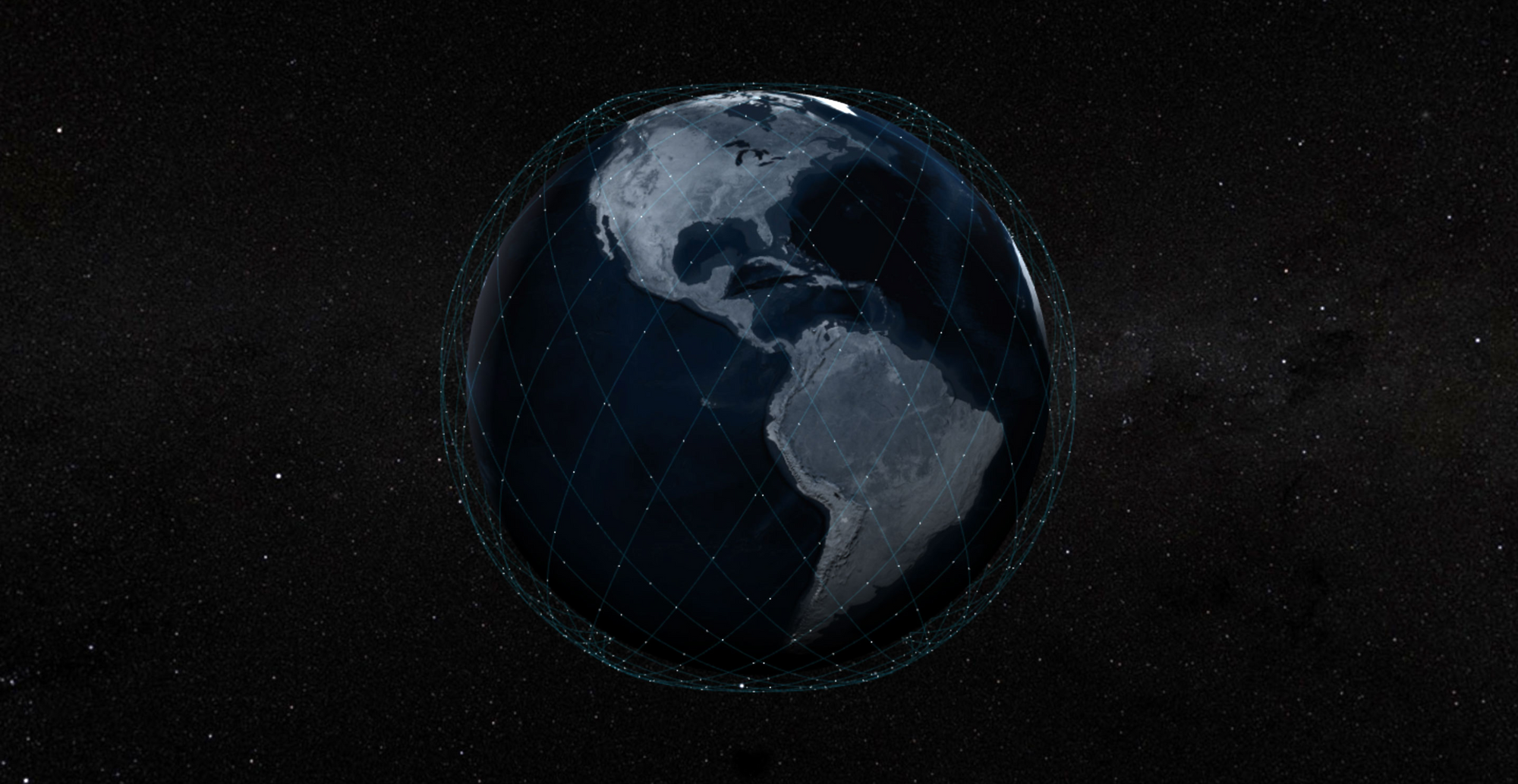
SpaceX indicated that it would require 420 satellites in the constellation to achieve minor broadband coverage of Earth, and 780 of the first ~1600 to provide moderate coverage. Six more launches of 60 satellite are required to hit that number and twelve launches are required to get “moderate” coverage. (Note: SpaceX has since launched 420 satellites and has pushed their estimates much further out as of time of publication.)
How many satellites will be needed to finish the constellation? SpaceX has told the FCC they will meet the deadline of having half the constellation "in orbit within six years of authorization ... and the full system in nine years." The initial constellation approved by the FCC consists of 1,600 satellites in a 550-kilometer (340 mi)-altitude shell, with phase two consisting of ~2800 satellites at 1,150 km (710 mi) and phase three consisting of ~7500 satellites at 340 km (210 mi), although phase three satellites would be using V-band antennas at a lower altitude than the rest of the constellation. This initial launch of satellites went to a high-inclination orbit (~53 degrees) to communicate with Washington State and California ground stations. Lower orbits reduce potential space debris by being low enough for drag to deorbit nonfunctional satellites relatively quickly, especially compared to Medium-Earth Orbit (MEO) and Geosynchronous Earth Orbit (GEO).
Latency using LEO sats vs GEO-sats vs fiber-optics?
Current satellite internet uses geostationary satellites which have a minimum round-trip latency of at least 400ms due to the distance between Earth and GEO. Starlink satellites orbit a fraction of the distance away from the Earth's surface and theoretically can provide low-latency connections.
Impact and Externalities
There has been outcry from astronomers about how bright Starlink satellites appear in the night's sky. Extrapolating this to thousands of orbiting spacecraft indicates a huge problem. According to Phil, this is a problem for astronomers and like Kessler Syndrome we should not ignore the potential impact. However, high speed internet to underserved populations which Starlink is designed to do is more important. (Note: SpaceX has since applied darkening optical coatings and launched a prototype sunshade on its most recent launch to reduce satellite brightness.)
Be sure to check out the full episode on Spotify or your podcast service of choice. If you like more space news and technical deep dives, please consider subscribing!




